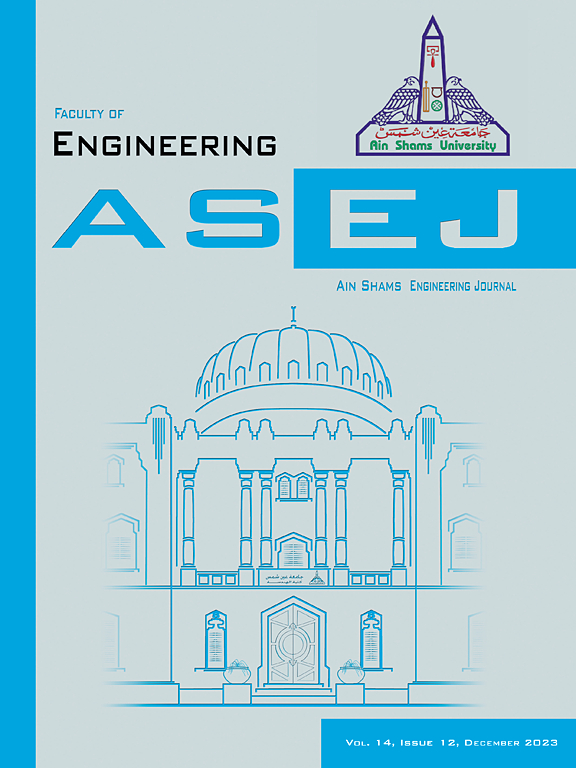Digital twin for advanced optimal coordination scheme of distance and Dual-Stage overcurrent relays
IF 6
2区 工程技术
Q1 ENGINEERING, MULTIDISCIPLINARY
引用次数: 0
Abstract
Integrating Distributed Generators (DGs), particularly renewable energy sources such as wind systems, into traditional power network presents significant protection coordination challenges. This study introduces a new optimal coordination scheme for distance and double-Stage Overcurrent (OCR) characteristics relays, utilizing digital twin technology. The proposed dual-stage of OCR protection to enhance the efficacy of the coordination between distance relays and OCRs. By employing advanced digital twin models and Hardware-in-the-Loop (HIL) testing, the proposed scheme aims to enhance fault management and relay coordination for microgrids. The scheme’s effectiveness is evaluated using a reference power network (CIGRE radial and mesh network) with and without wind systems under various fault types and locations. The study demonstrates substantial improvements over traditional and modern dynamic distance relays coordination approaches, including a reduction in maximum tripping time from 0.85 s to 0.19 s with the dual-stage scheme. Comparative analysis of digital simulation and physical twin relays further validates the accuracy and robustness of the proposed scheme.
求助全文
约1分钟内获得全文
求助全文
来源期刊

Ain Shams Engineering Journal
Engineering-General Engineering
CiteScore
10.80
自引率
13.30%
发文量
441
审稿时长
49 weeks
期刊介绍:
in Shams Engineering Journal is an international journal devoted to publication of peer reviewed original high-quality research papers and review papers in both traditional topics and those of emerging science and technology. Areas of both theoretical and fundamental interest as well as those concerning industrial applications, emerging instrumental techniques and those which have some practical application to an aspect of human endeavor, such as the preservation of the environment, health, waste disposal are welcome. The overall focus is on original and rigorous scientific research results which have generic significance.
Ain Shams Engineering Journal focuses upon aspects of mechanical engineering, electrical engineering, civil engineering, chemical engineering, petroleum engineering, environmental engineering, architectural and urban planning engineering. Papers in which knowledge from other disciplines is integrated with engineering are especially welcome like nanotechnology, material sciences, and computational methods as well as applied basic sciences: engineering mathematics, physics and chemistry.
 求助内容:
求助内容: 应助结果提醒方式:
应助结果提醒方式:


